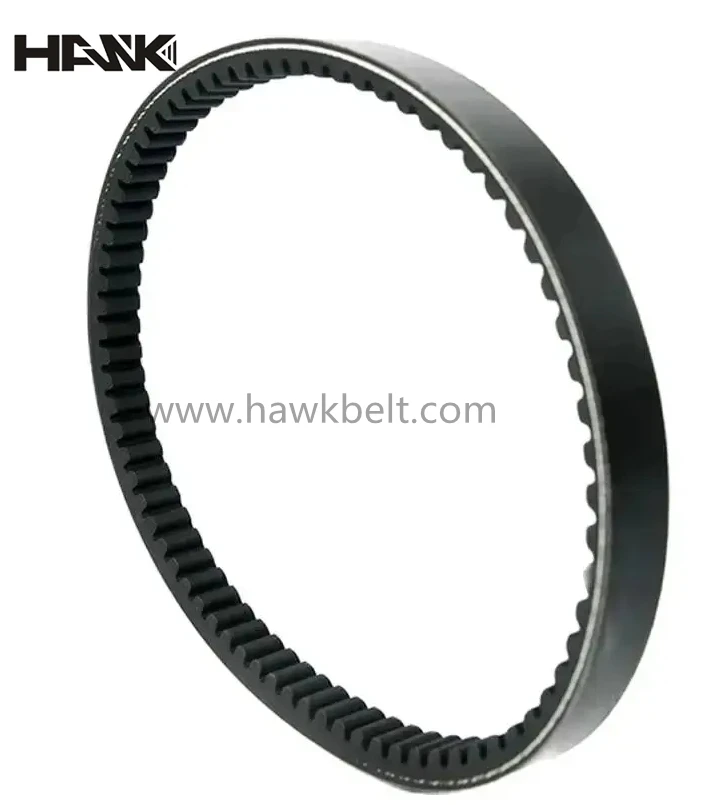- Arabic
- French
- Russian
- Spanish
- Portuguese
- Turkish
- Armenian
- English
- Albanian
- Amharic
- Azerbaijani
- Basque
- Belarusian
- Bengali
- Bosnian
- Bulgarian
- Catalan
- Cebuano
- Corsican
- Croatian
- Czech
- Danish
- Dutch
- Afrikaans
- Esperanto
- Estonian
- Finnish
- Frisian
- Galician
- Georgian
- German
- Greek
- Gujarati
- Haitian Creole
- hausa
- hawaiian
- Hebrew
- Hindi
- Miao
- Hungarian
- Icelandic
- igbo
- Indonesian
- irish
- Italian
- Japanese
- Javanese
- Kannada
- kazakh
- Khmer
- Rwandese
- Korean
- Kurdish
- Kyrgyz
- Lao
- Latin
- Latvian
- Lithuanian
- Luxembourgish
- Macedonian
- Malgashi
- Malay
- Malayalam
- Maltese
- Maori
- Marathi
- Mongolian
- Myanmar
- Nepali
- Norwegian
- Norwegian
- Occitan
- Pashto
- Persian
- Polish
- Punjabi
- Romanian
- Samoan
- Scottish Gaelic
- Serbian
- Sesotho
- Shona
- Sindhi
- Sinhala
- Slovak
- Slovenian
- Somali
- Sundanese
- Swahili
- Swedish
- Tagalog
- Tajik
- Tamil
- Tatar
- Telugu
- Thai
- Turkmen
- Ukrainian
- Urdu
- Uighur
- Uzbek
- Vietnamese
- Welsh
- Bantu
- Yiddish
- Yoruba
- Zulu
Nov . 29, 2024 12:53 Back to list
Understanding the Role of Belts in Automotive Engine Functionality and Performance
The Role of Belts in Car Engines
Car engines are intricate systems composed of various components that work together to ensure optimal performance. Among these components, belts play a crucial role in the functionality of the engine. They are essential in transferring power, synchronizing movements, and contributing to the overall efficiency of the vehicle. This article will delve into the significance of belts in car engines, types of belts, their functions, and maintenance considerations.
Types of Belts in Car Engines
There are primarily two types of belts found in car engines the timing belt and the serpentine belt. Each serves a unique purpose and is critical for the engine's operation.
1. Timing Belt The timing belt is responsible for synchronizing the rotation of the crankshaft and camshaft. This synchronization ensures that the engine's valves open and close at the appropriate times during the combustion cycle. Typically made of reinforced rubber, the timing belt is under significant tension and must be replaced at regular intervals to avoid catastrophic engine failure. If the timing belt fails, the camshaft can become misaligned, leading to severe engine damage.
2. Serpentine Belt The serpentine belt is a single, continuous belt that drives multiple accessories in the engine. These accessories include the alternator, power steering pump, water pump, and air conditioning compressor. Serpentine belts are typically made from durable rubber and are designed to be long-lasting and efficient. Unlike older cars that often had separate v-belts for each accessory, modern vehicles employ the serpentine belt for its simplicity and ease of maintenance.
Functions of Belts
Belts in car engines serve several key functions
- Power Transmission Belts transfer power from the engine to various components, enabling the car to function effectively. The serpentine belt, for instance, allows the alternator to generate electricity, powering the vehicle's electrical systems.
belts in car engines

- Synchronization The timing belt ensures that the engine operates smoothly by keeping the camshaft and crankshaft in sync. This synchronization is vital for maintaining the engine’s timing and preventing misfires.
- Efficiency Efficient belts help reduce friction and energy loss in the engine. By maintaining the proper tension and alignment, belts can operate more smoothly, which enhances fuel economy and overall performance.
Maintenance of Belts
Proper maintenance of the belts in a car engine is essential to ensure reliability and longevity. Here are a few tips for maintaining these crucial components
- Regular Inspections It is advisable to check belts for signs of wear, such as fraying or cracking. Regular inspections can help identify issues before they lead to belt failure.
- Replacement Intervals Car manufacturers usually provide recommended intervals for belt replacement in the owner's manual. Adhering to these guidelines can prevent unexpected breakdowns and expensive repairs.
- Tension Checks Ensuring that belts are properly tensioned is vital. A belt that is too loose can slip, while one that is too tight can wear prematurely. Many mechanics recommend checking belt tension when performing routine maintenance.
Conclusion
Belts are indispensable components of car engines that facilitate the smooth operation of various systems within the vehicle. Understanding the functions and maintenance of timing and serpentine belts can help car owners ensure the longevity and efficiency of their engines. By investing time in regular inspections and adhering to replacement schedules, drivers can avoid potential issues and keep their vehicles running smoothly for years to come. As technology advances, the design and materials of belts may continue to evolve, yet their fundamental role in automotive engineering will remain critical.
-
Upgrade Power Steering Pump Belt for Smooth, Quiet Operation
NewsAug.27,2025
-
Precision Timing Belt & Chain: Engine Performance & Durability
NewsAug.26,2025
-
Precision Lathe Drive Belts: Durable & Reliable Performance
NewsAug.25,2025
-
84.5 Serpentine Belt: Durable & Precision Fit for Your Engine
NewsAug.24,2025
-
Premium Ribbed Drive Belts for Quiet Power Transmission
NewsAug.23,2025
-
High-Performance Vehicle Timing Belt for Engine Precision
NewsAug.22,2025

